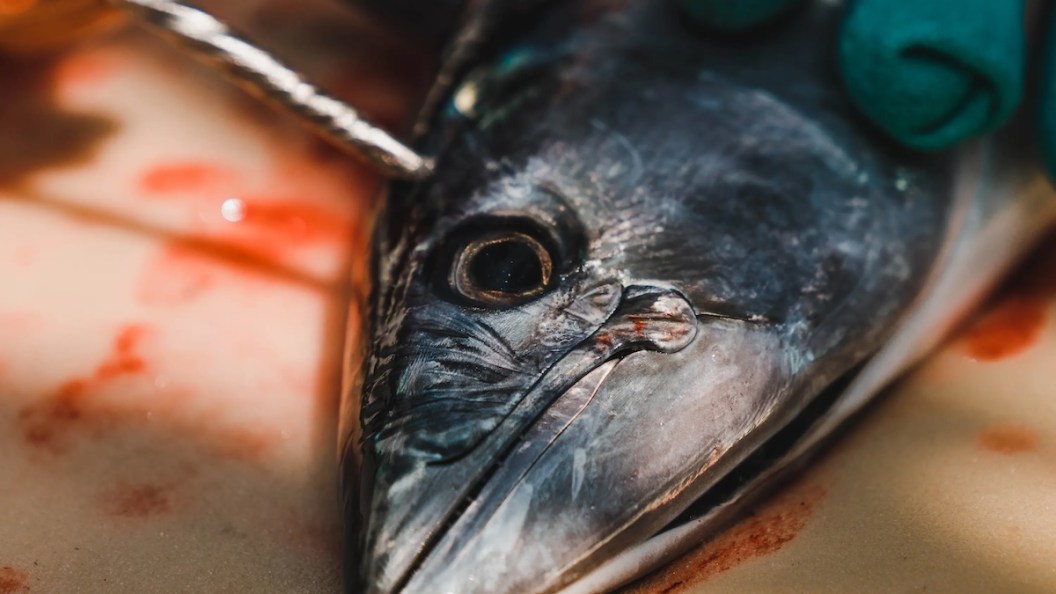It's called "Ike Jime" — or sometimes spelled as one-word ikejime — and it's the practice of spiking a fish's brain after you catch it. In a recent video shared by Tackle2ThePeople, the host described it as looking "barbaric, but it's actually the most humane way to dispatch a fish."
He argued that most fish caught die via suffocation, so killing it instantly is more humane than letting it die over an extended period of time. What's more, he argued, while it suffocates, it pumps stress hormones and lactic acid as it tries to survive. "Believe it or not, this actually makes the meat rot quicker," he said. "If you want your fish to stay fresher longer, you should do something called Ike Jime."
View this post on Instagram
According to the American Fishing Tackle Company, the process of Ike Jime involves four steps. The first step is to put a spike through the fish's brain to kill it instantly. Second, you'll have to bleed the fish, ideally while the heart is still beating because it helps pump the blood out. The next step is called shinkei jime and it means removing the spinal cord to delay rigor mortis. And, the last step is to put it on ice.
Many highly reputable organizations and publications praise the centuries-old Japanese practice because fish suffer less and it makes them taste better. However, the main criticism of the practice is that people may not understand the fish's anatomy — not all species of fish are built the same — so the practice could cause more harm than good.
Others argue that any amount of stress, such as being trapped in a net or being pulled out of the water, could potentially ruin the meat (or at the very least make it not taste as good). Therefore, it's better to relax the fish before killing it.




